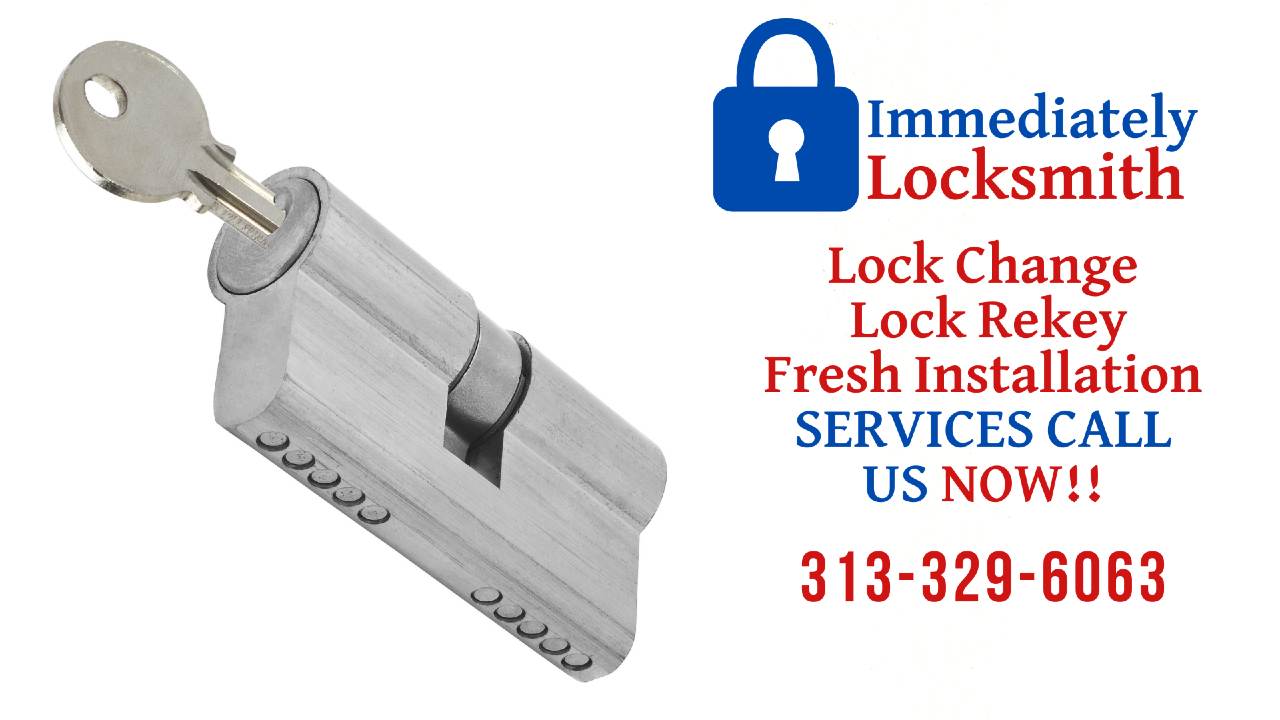
Wafer Locks and Tumbler: When it comes to locks than they are essential to protect belongings and homes. Tumbler locks are among the most common types of locks, whereas wafer locks are a particular type of lock usually used on cabinets, drawers and Cars. The focus of this post is to explore the workings of tumbler locks, the role of keys, and the techniques that are used to pick wafer locks. By understanding these mechanisms, you are able to understand the problems of security devices and enhance your knowledge of locks. It is important to understand how does key lock work?
What is a Tumbler Lock?
A tumbler lock is a kind of lock that is mostly used these days. This type of locking device employs several pins of different lengths within a cylinder. If the appropriate key is found, the pins reach their respective heights, and the lock can be turned open.
Component of Tumbler Lock
Key
A tumbler lock key has specific cuts that would correspond to the pin lengths located within the lock cylinder Each cut raises the pins up to a certain level.
Cylinder
The cylinder is the part that rotates about its central axis when a properly cut key is inserted into the lock. The pins and springs are located within the cylinder.
Pins
Generally, most tumbler locks would have two types of pins: key pins (the pins that are in contact with the key and are at the bottom) and driver pins (the upper pins that sit on top of key pins and are pushed by springs downward).
Springs
These offer the required force that makes the driver pins remain above shear line except when the key is inserted.
Shear Lines
It is a line where the body of the lock and cylinder meets. When the key is inserted and the pins are aligned along the line than the lock can turn.
Working of Tumbler Lock
The first step is to insert the key. When the correct key is inserted into the lock, its unique pattern of grooves raises the key points to specific heights. As the key was pushed in, the key pins started to move upward, lifting the driver pins along with them. The goal is to align both of the sets of pins at the shear line. Once all of the pins are aligned at the shear line, the lock cylinder can rotate. This rotation disengages the locking mechanism, allowing the door to open. When the key is removed, the springs push the driver’s pin back down, preventing the lock from turning until the right key is reinserted.

The Role of Key
A key is an important part of a tumbler lock that can be used for operating the lock. There is a groove and cut shape for each key that is unique. When the right key is inserted, the grooves included in the key assist to position the key pins at certain heights, which let the pins be leveled with the shear line.
Keys come in these various categories depending on their different usages. Residential keys are usually utilized on household doors, while special keys are designed in a way that their duplication is not possible as duplication compromises the security of companies or sensitive areas. The shape of any key is not seen as a decorative feature, but rather, this is one of the parts that are vital in the lock’s mechanism. A well-designed key will closely match the internal mechanism of a lock, which effectively protects it against unauthorized entry.
Moreover, the key serves as a tangible representation of access control. It grants permission to enter a space, making it essential for maintaining privacy and security. In a broader sense, keys symbolize trust; they are often entrusted to family members, employees, or close friends, highlighting the importance of secure access in our daily lives. Understanding the key’s role enhances our appreciation for the intricate systems designed to keep our environments safe..
How to Pick Wafer Lock
It is important to understand about picking the wafer lock. Unlike traditional pin tumbler locks, wafer locks use flat, disk-like wafers that move in response to the correct key. This guide will walk you through the essential tools, techniques, and considerations for effectively picking a wafer lock.
Understanding Wafer Locks
Wafer locks consist of a series of flat wafers stacked inside a cylinder. Each wafer has a notch that corresponds to the key’s cuts. When the correct key is inserted, the wafers align along the shear line, allowing the cylinder to turn and unlock. If you’re trying to pick a wafer lock, your goal is to align these wafers without the key.

Tools Needed
Tension Wrench
This tool applies rotational pressure to the lock cylinder, which is essential for keeping the wafers in place once they’re aligned.
Lock Pick
A slim, pointed tool used to manipulate the wafers. You can use a specific pick designed for wafer locks or even a shim.
Picking Techniques
Inserting the Tension Wrench
Begin by inserting the tension wrench into the bottom of the keyway. Apply light and consistent pressure in the direction you would turn the key. This tension is crucial because it keeps the wafers from falling back into place once they’re set at the shear line.
Insert the Pick
With your tension wrench in place, insert the pick into the keyway above the tension wrench.
Feel for the Wafers
Gently push the pick upward to feel for the individual wafers. You’re aiming to identify which ones bind more than others. As you manipulate the pick, you’ll notice some wafers may resist movement; these are your targets.
Find the Binding Wafers
As you apply slight pressure with the tension wrench, focus on the wafers that are binding. You want to lift these wafers just enough to bring them flush with the shear line. Take your time and be gentle; forcing them could lead to frustration or damage.
Lift the Wafers
Using the pick, lift the binding wafers one by one. You’ll often feel a slight click when they reach the correct position. Maintain steady tension with the wrench; otherwise, the wafers might drop back down.
Challenges and Tips
Picking wafer locks can be tricky for a few reasons. The wafers can vary in depth, making it difficult to achieve a precise alignment. Here are some tips to improve your chances of success:
Practices Makes Perfect
Like any skill, lock picking requires practice. Consider obtaining practice locks to refine your technique without the pressure of a real lock.
Be Patient
Lock picking is often a trial-and-error process. If you’re not successful at first, don’t get discouraged. Take breaks and return with a fresh mindset.
Respect Legal Boundaries
Remember that picking locks without permission is illegal and unethical. Always practice in legal settings and with locks that you own or have explicit permission to manipulate.
Ethical Considerations
it is important to understand the ethical and legal considerations of Lock Picking. It is usually associated with criminal activity, so it is important to approach it with responsibility. Laws regarding lock picking vary widely by jurisdiction. In different places, possessing the lock picking is not legal. Make sure to always check the laws to ensure compliance.
It is the understanding of every person that property and privacy rules should be observed. One should only practice lock picking on their own locks or those they have been given permission to pick. This practice is against the law due to its negative effects on communities as it also means engaging in theft or damage to properties.
For locksmiths and security professionals, behaving ethically is very important. Informing clients regarding the measures taken and why such measures have been taken creates trust.
FAQs
Where are Wafer Locks Used for?
Wafer locks are mostly used for file cabinets and drawers. Also, you can find this type of lock on a car.
What does a Wafer Lock Do?
A wafer lock is a type of pin tumbler lock that uses flat wafers instead of pins to secure the lock. The wafers are arranged in a cross pattern and fit into grooves cut into the plug or keyway. When the plug turns, the wafers align and allow the plug to rotate.
What metal are lock wafers made of?
The most common material for pin-tumbler locking cylinders, keys, and components is brass. Cylinders and components (pins, levers, wafers, etc) also commonly use nickel-silver, steel, and other materials.
Conclusion
Knowing the different components of tumbler locks, along with the complexities of wafer locks, expands the understanding of security mechanisms for locks. Tumbler locks normally have a pin and spring as a locking system, which provides protection, while wafer locks are quite difficult to pick. Whether you are a homeowner looking to improve your security or a budding locksmith honing your skills, knowledge of these locking mechanisms is important. Make sure to understand about locks before installing them to take care of security issues.




